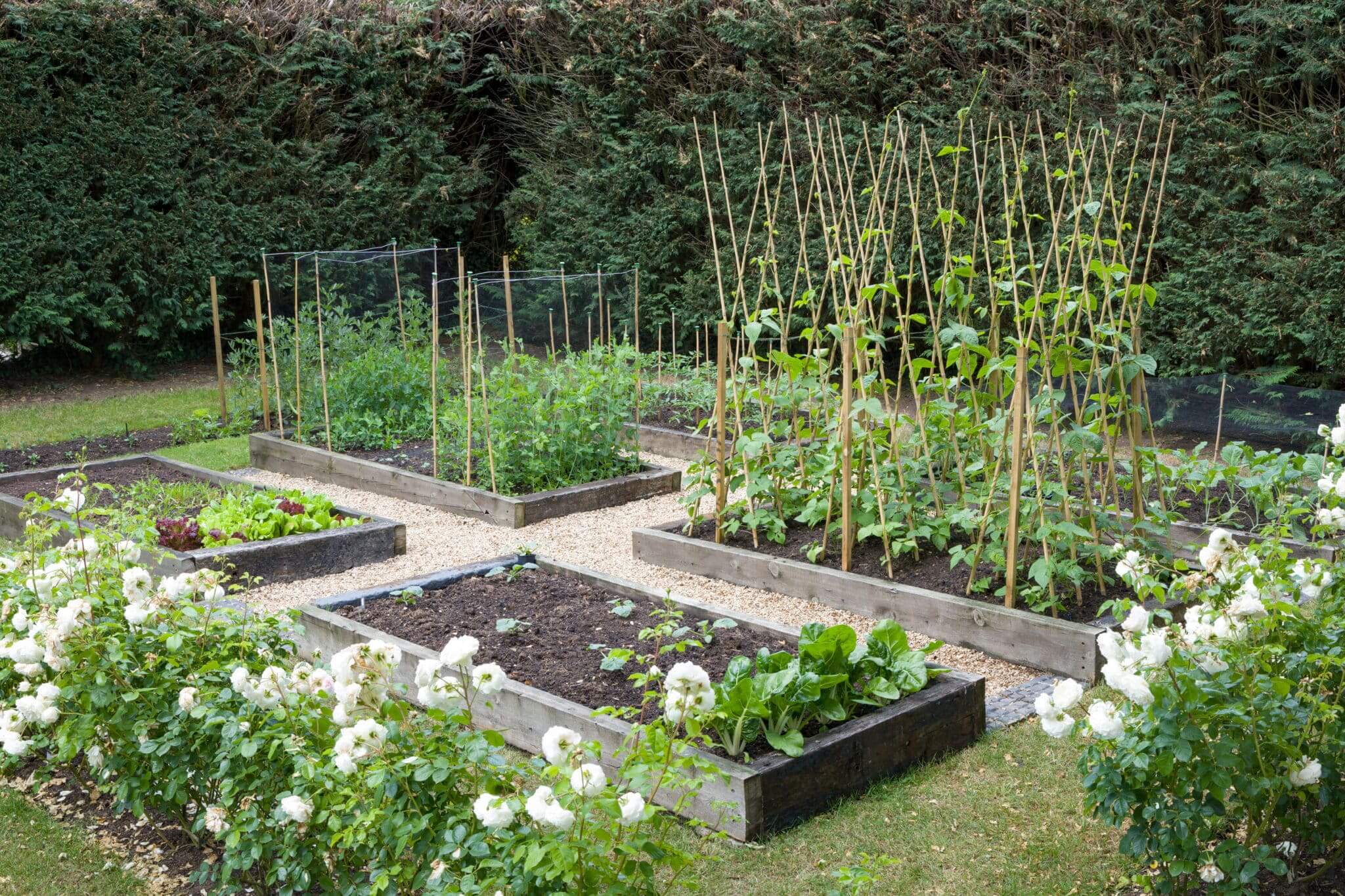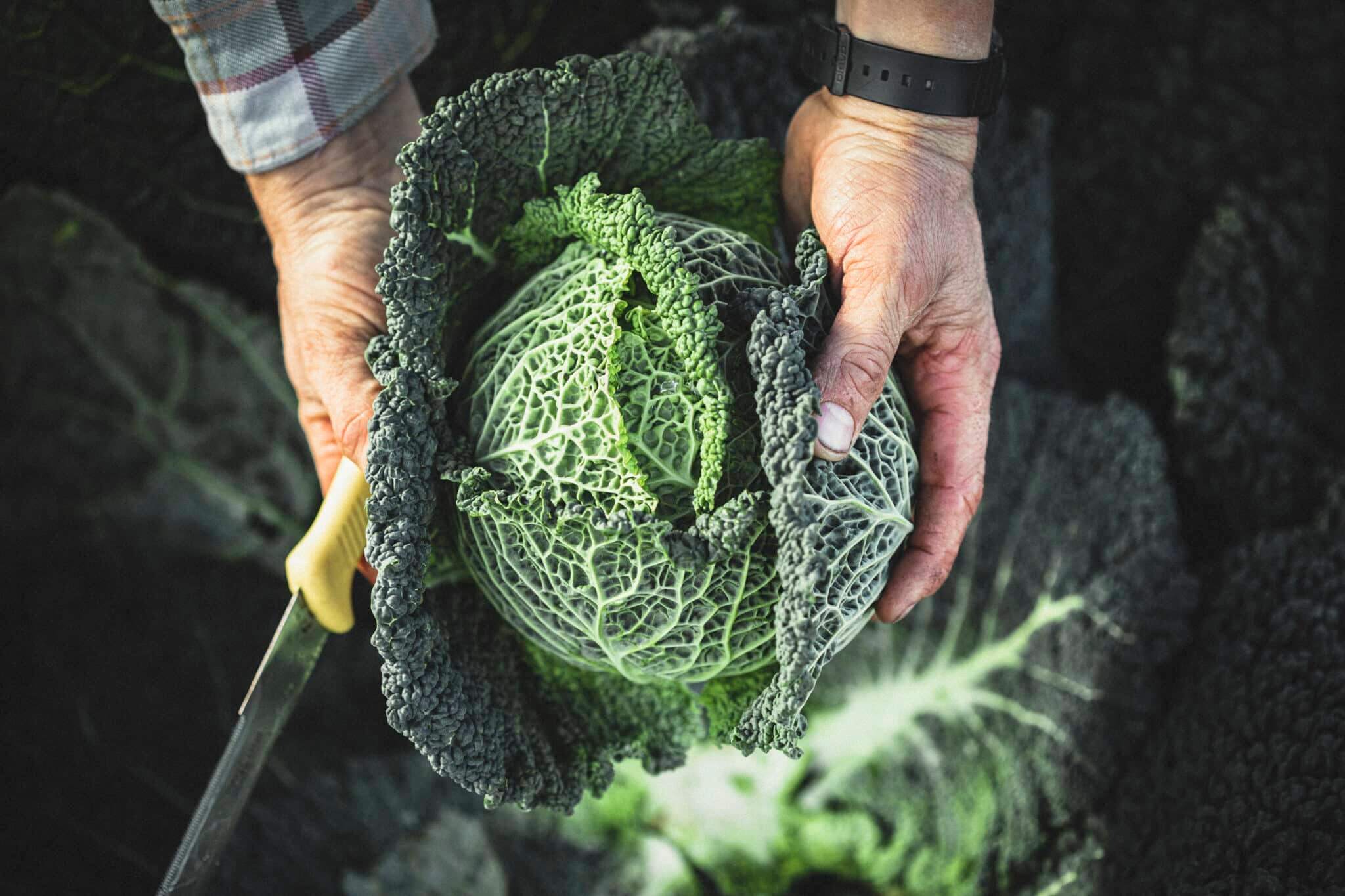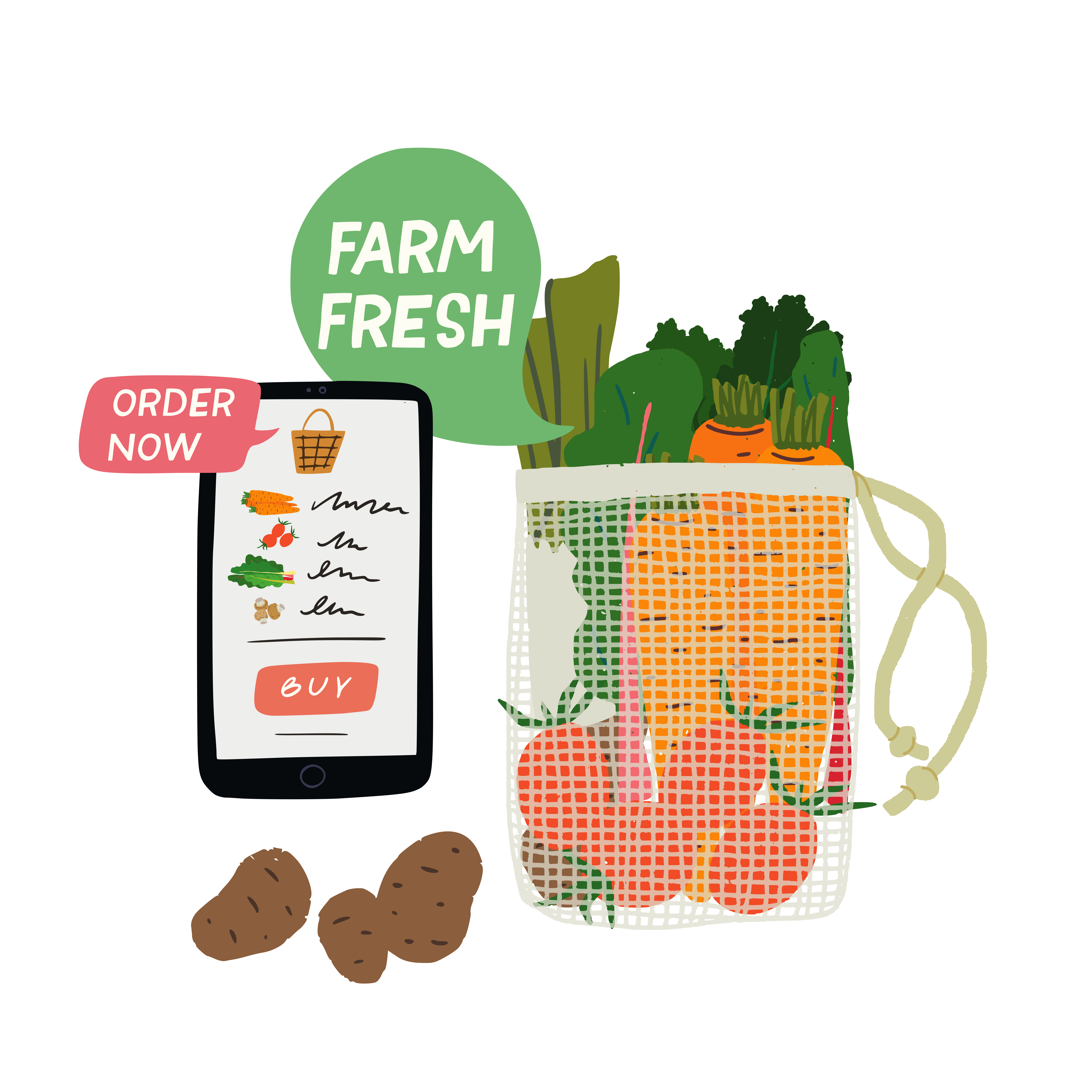Crop rotation sometimes feels like you’re playing a board game with your crops. Each year, you move your playing pieces to the next square to optimise their chances of success. But with conflicting advice about how and why to rotate crops, it can sometimes feel like you’re going around in circles.
At its simplest level, crop rotation involves moving the vegetables you grow from one bed to another each year. You can do this by dividing your growing area into three or four sections, or it can be done by creating different sections within one bed. You then sort the crops you want to grow into families (see below).
The result is a vegetable patch that has healthier soil – nurtured for specific crops – and plants that can be more resilient to pests and diseases.
Rotating your plant families
It’s important to identify plant families for two reasons. Many vegetable plants suffer from the same diseases, for example potatoes and tomatoes can get blight and therefore need to be considered as one group.
Vegetables within the same families also tend to like the same soil treatment, i.e. hungry crops such as brassicas or legumes like well-rotted compost or manure added to in autumn or spring before planting.
An extra helping
A good beginner crop rotation plan is simply to split your plot into fivebeds, with one bed for roots (carrots/parsnips), one for potatoes/tomatoes, one for legumes (peas/beans), one for brassicas (cabbages) and one for alliums (onions).
But as you get more experienced, you might want to divide your beds into even more families, because this will affect how you treat the soil. This could include:
Alliums: onion, garlic, shallot, leek.
Brassicas: Brussels sprouts, cabbage, cauliflower, kale, kohl-rabi, oriental greens, radish, swede, and turnips.
Cucurbitaceae: courgettes, cucumbers.
Legumes: peas, broad beans, French and runner beans.
Solanaceae: potato, tomato.
Roots: beetroot, carrot, celeriac, celery, Florence fennel, parsley, parsnip. You could add chervil, coriander, and dill here too as they are part of the carrot family.
A crop rotation plan could also allow you to add green manures into the mix, which can support the following crop. For example, mustard is part of brassica family, so you can grow this with the likes of cabbage and cauliflower. Clover and field beans are part of the legume family, so these can follow on from peas and beans. Find a guide to green manure here.
What are the benefits?
Firstly, crop rotation can help maintain good soil structure. Deep rooted plants such as carrots and parsnips will open up the soil for more shallow rooted salads the following year.
Planning in this way also helps you use resources most effectively. You only need to add your homemade compost, peat-free soil conditioner or well-rotted manure to the beds where brassicas will grow. There will be no need to feed that area when you plant things such as carrots the following year. This also means every bed will eventually get this treatment and the soil will be less likely to get depleted over time.
Crop rotation can also help control weeds. Large-leaved plants such as potatoes, or squash, will cover the soil preventing weeds from germinating. If you keep growing the same plants in the same place, year on year, there is a risk that diseases will build up in the soil.
Experiment and see what works for you. At the very least, crop rotation will give you a game plan to follow at the beginning of the season to help you prepare for a thriving, healthy plot full of diverse crops.
You can find out more about crop rotation here.
The Grow Your Own Wicked Leeks series is written by Garden Organic, the national charity for organic growing. Each month we bring you timely advice on what to do in your organic patch, whether you’re an experienced grower or just starting out. Share your own tips and gardening photos on social media under #GYOWickedLeeks.










I do practice rotation, but am not very organised about it. But certain patterns follow. For example, the winter squash and leeks are favourites for winter eating, so those beds tend get to the best of everything, compost, manure etc. So the garlic goes into the squash bed, and the carrots and parsnips go in after the leeks are eaten as they don’t want any fresh compost. Peas and beans go in anywhere the soil can use some extra nitrogen and the kale just comes up from the compost so we leave it alone. It seems to work out anyway; we haven’t starved yet and can always make a good pot of soup in January!